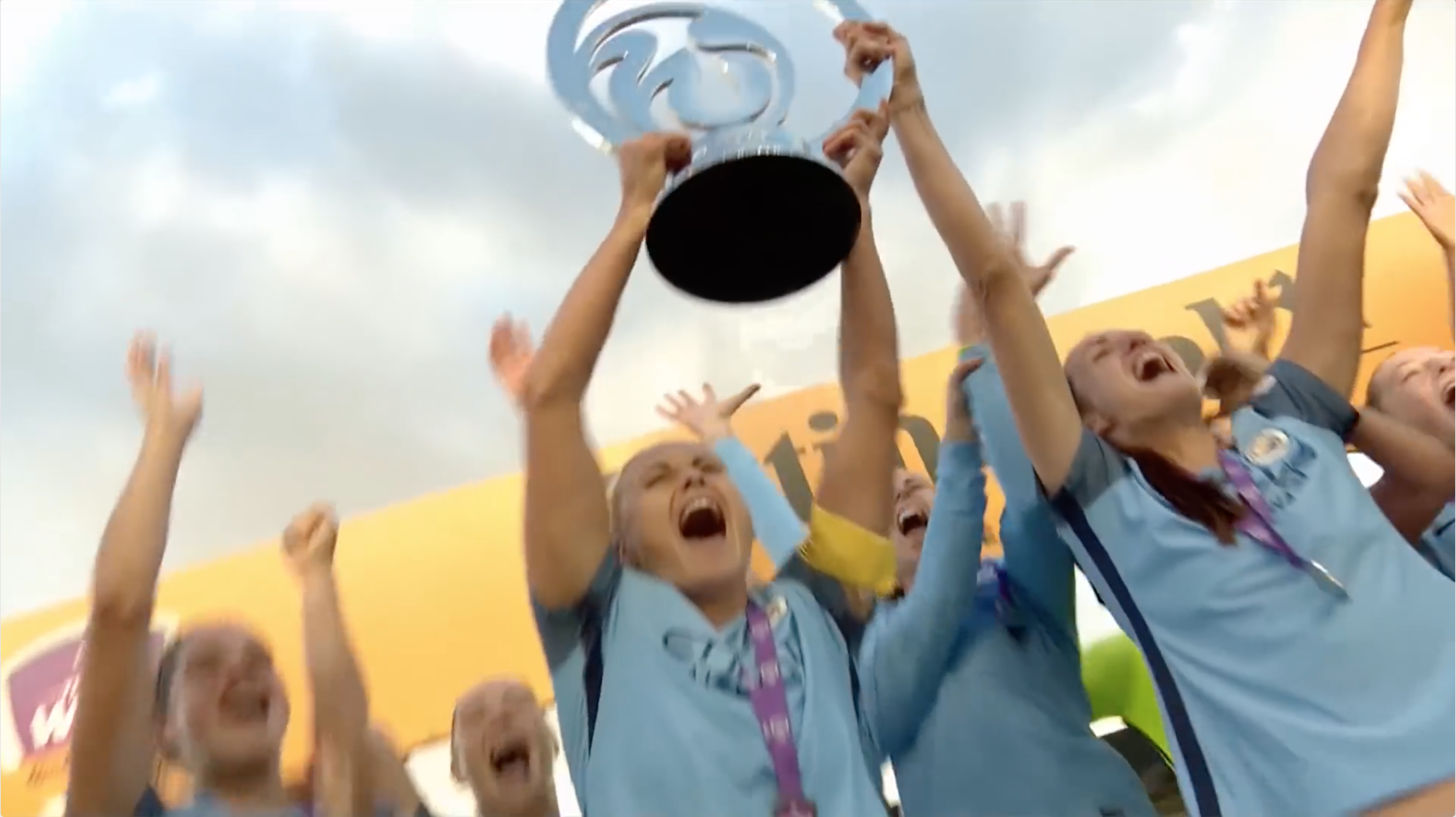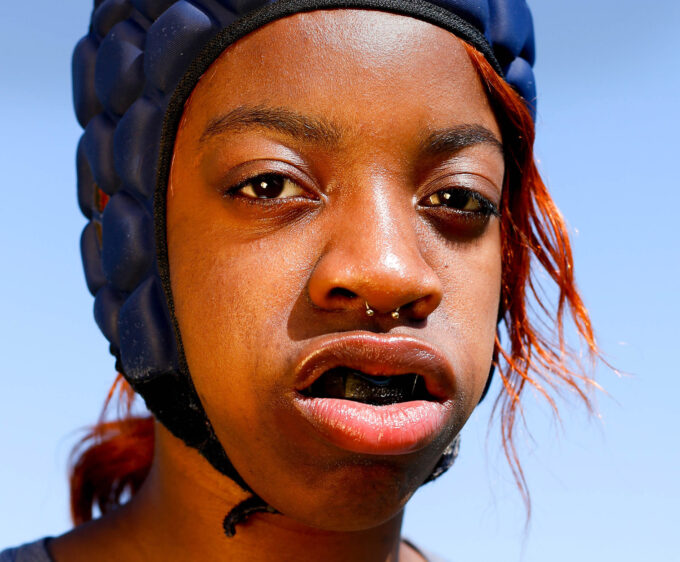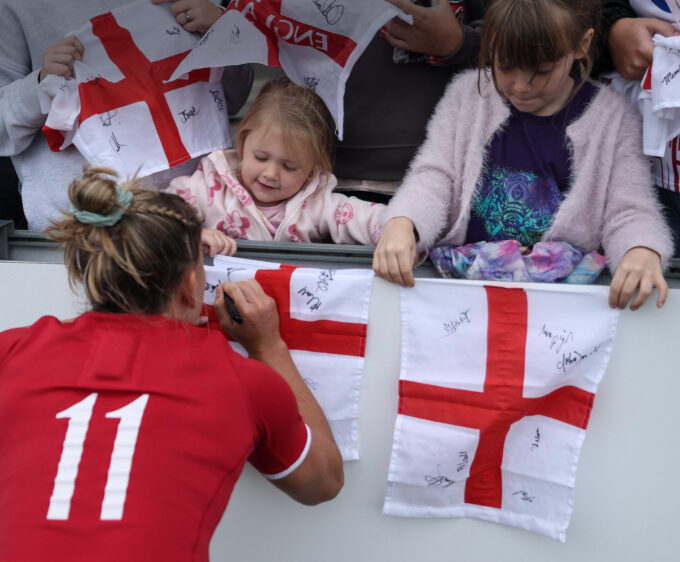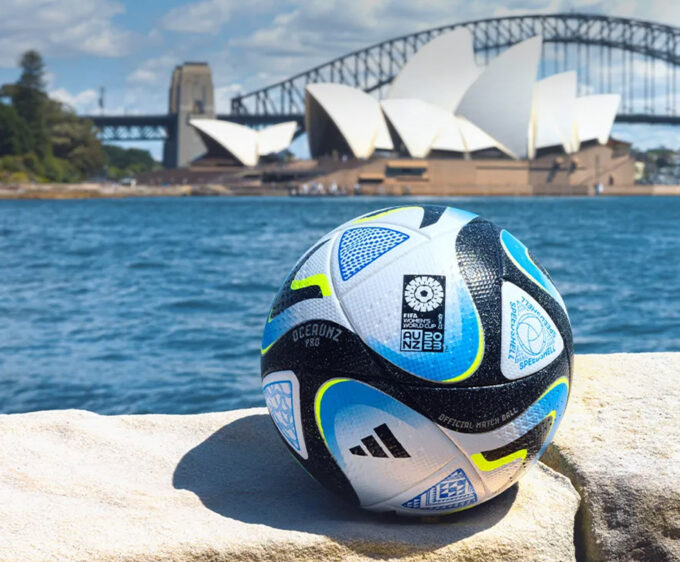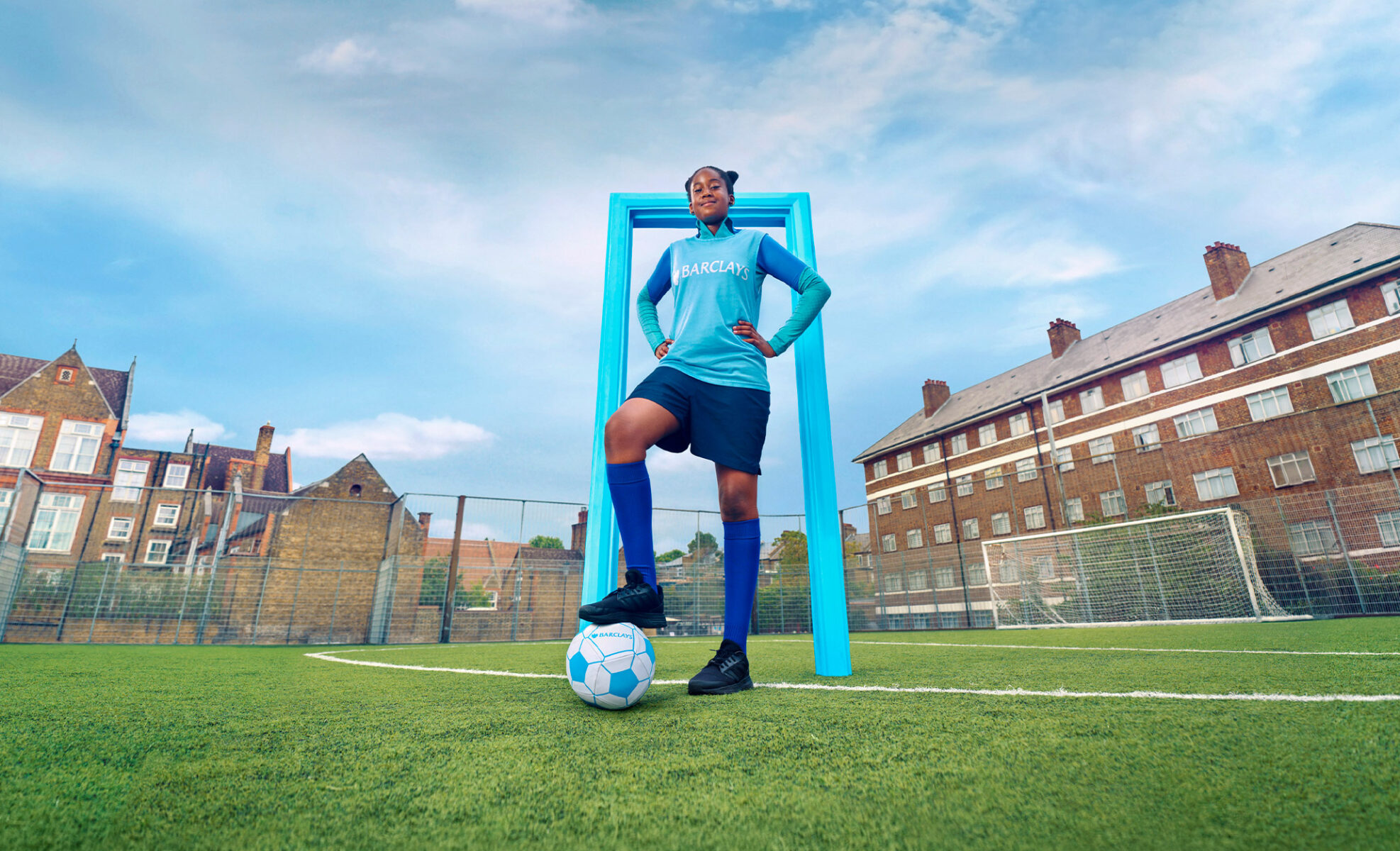
Business: Sports Marketing Experts
How are brands harnessing the power of women's sport? We asked marketing experts Jenny Mitton and Neil Hopkins of M&C Saatchi Sport and Entertainment to discuss the dynamic and rapidly evolving space
By Glorious
It’s no secret that more and more brands are realising the immense potential of investing in the women’s sport space, leading to a surge in sponsorship, viewership, and commercial engagement. To uncover what the future holds and discuss the growing relevance of women’s sports in business, we caught up with Jenny Mitton, Director and Women’s Sport Lead, and Neil Hopkins, Sponsorship Strategy Director at M&C Saatchi Sport and Entertainment. We posed five questions and hit the record button! Here is their insightful conversation, straight from the marketing experts’ mouths!

Glorious: What is the business of women’s sports and how is it relevant to you and your work?
Neil Hopkins: It’s become an increasingly important part of our day job! ‘Shall we include the women’s teams in this?’ is no longer an add-on at the end of a meeting or a negotiation response. It’s become the fundamental heart of major sponsors and advertisers marketing programmes.
Jenny Mitton: Businesses are recognising that investing in women’s sports is not just the right thing to do anymore. They see it as a huge opportunity, audience-wise, and recognise the future of sport is headed in that direction. Brands we’ve worked with for a long time realise that their customers expect them to show up in this space.
Neil Hopkins: Absolutely, and it’s worth noting that it’s not just about sponsors driving growth in women’s sports. The governing bodies themselves, such as the FA, RFU, and ECB, have been focused on increasing participation, viewership, and commercial engagement in women’s football, cricket, and rugby over the past decade, with particularly effective results over the past three to five years.
Glorious: So it seems brands and advertisers (and not just sports ones!) are waking up to the power of using women’s sport in their campaigns. Is the landscape changing and if so, why?
Jenny Mitton: From looking at the Women’s Euros, yes, massively! That was the first time we weren’t just seeing traditional sponsors and traditional brands that had been in the space for years. We had Gillette, LEGO, Starling Bank, Pandora – young and innovative brands getting involved. Now, when I go to see the Lionesses, I see Estee Lauder on all the boards. The Euros were a massive trigger and we saw brands waking up and thinking, ‘Oh, actually, there’s quite a lot of people that are interested in women’s sport, we need to jump on that, we want to engage with these guys because they’re not in men’s sport!’ A lot of these audiences are new.
Neil Hopkins: Yes, absolutely! The audience part is really important. When we’ve habitually looked at football as a sport, even when you’re looking at men’s football, you would never say ‘Ah, well of course, this is just a single homogenous audience.’ You would break it down and create a sliding scale of different types of audience, from the core fans who never miss a match to the big event type fans, who only turn up for finals and major international tournaments.
We’re now seeing this emerge in the women’s game. If you were to draw a Venn diagram, put men’s football fans on the right-hand side and fans of women’s football on the left, there’s a reasonable crossover, but they’re by no means on top of each other. There’s a whole new group of fans on the left-hand side, which are going to appeal to totally different types of brands.
Jenny Mitton: It sounds a bit savage, but in men’s sport I see cryptocurrency brands I’ve never heard of and second-hand car dealerships sponsoring. It’s not very sexy or exciting for Gen Z audiences or people who are looking for aspirational brands in sports to follow. In comparison, when I look at women’s sport, you’ve got brands like Clinique who are partnering with England rugby union player Holly Aitchison, The Fold (modern premium women’s fashion brand @thefoldlondon) have just become the first British womenswear brand to partner with a Women’s Super League club and they’re the Official Formalwear partner of Manchester City Women. All the exciting and sexy stuff is in women’s sport now rather than men’s.
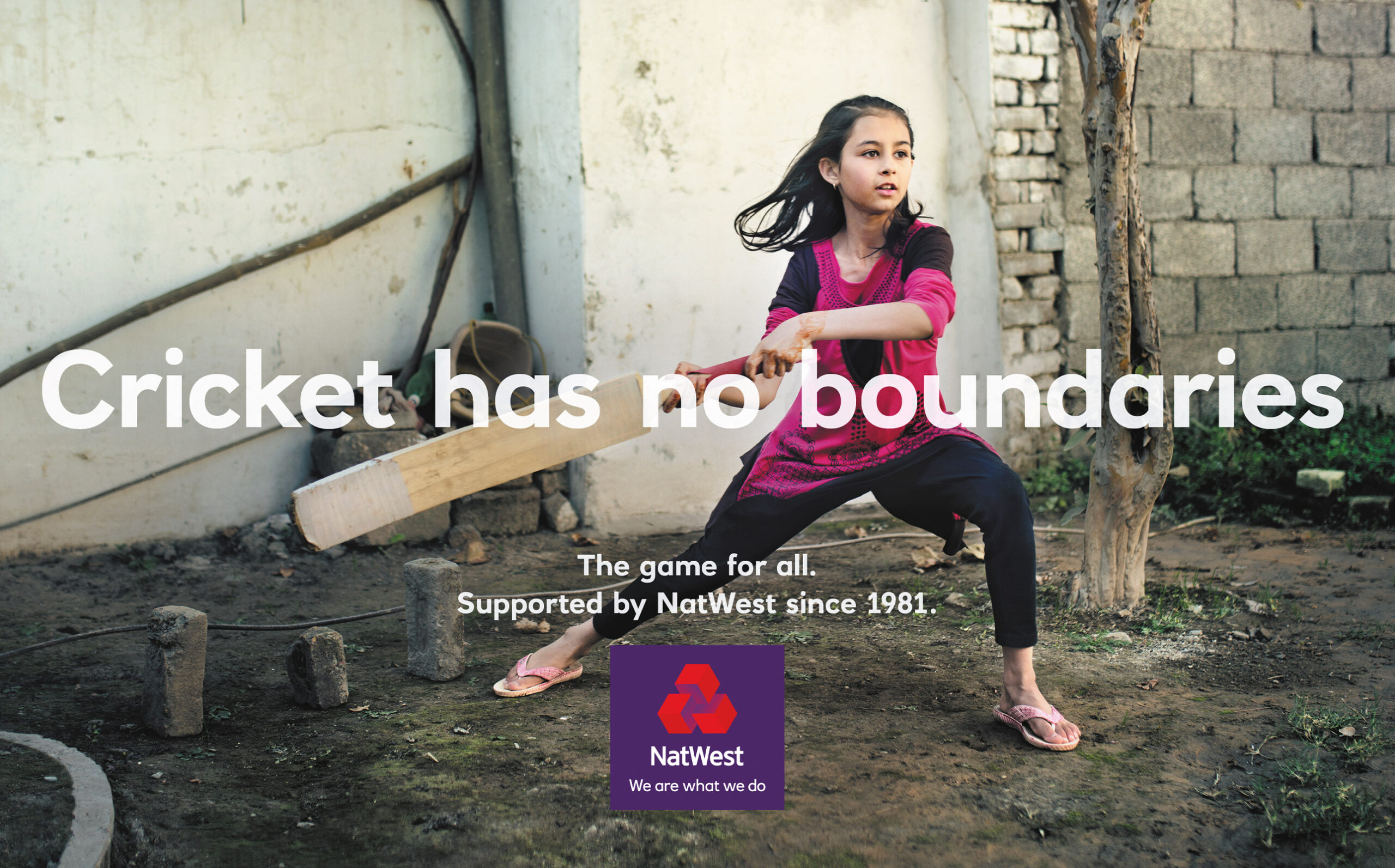
POTENTIAL
Glorious: Amazing! So, what campaigns have you been responsible for and has it been a hard sell to clients?
Neil Hopkins: About six or seven years ago, one of the first pieces we did around women’s sport was some strategic work for UEFA when they were looking at how to market the commercial packages of the Women’s Champions League and the Women’s Euros. They were trying to work out how women’s football could become more commercially sustainable. Women’s rights used to be bundled in with the men’s rights so if you were Heineken and you bought a Champions League deal, you would get the men’s rights and women’s rights were thrown in as a bonus. It’s interesting to see how successful that unbundling approach has become. If you look at the Women’s Euros last year, as you’ve said, some of the sponsors that were involved in that were totally new and not involved in the men’s game previously.
More broadly away from football, as an agency we were involved in conceiving the first real purpose led D&I focused campaign around a top three sport when we created Cricket Has No Boundaries for NatWest.
Back in 2017, that ran for about four years and was really successful in taking a more equitable approach to marketing the men’s team and the women’s team and also other teams that came under the England banner, as well as a grassroots programme designed to bring girls into cricket as much as boys, and certainly those who had a background not in the traditional mould of a cricket experience.
Jenny Mitton: I loved that launch! My favourite part was when we took it out to the public. Instead of having the men’s team front and centre, we had a game of visually impaired cricket, the men’s and women’s teams side by side, as well as the disability team. It was the first time you’d see different sportspeople all on a level playing field and a taste of where we’re trying to get to now. In 2018, we worked with Manchester City on a campaign called Same City, Same Passion because we believed the women’s team had huge potential.

Neil Hopkins: The idea was to put the women’s team of a Premier League club on the same pedestal as the men’s team, and Manchester City’s, Same City, Same Passion was one of the first occasions when this was done. Their social media channels were sharing equal amounts of information about both the men’s and women’s team. This has now become the norm for most Premier League clubs, particularly the big six. Arsenal, Chelsea, and Manchester City are examples of clubs where fans have a real affiliation with both teams and really understand the notion of one club. The Same City, Same Passion campaign is a strong marketing tool. It’s not just about appealing to the fandom of the men’s team, but having them part of a powerful global brand is a selling point, not just for fans but for commercials and attracting sponsors as well.
Jenny Mitton: In terms of what’s been the most enjoyable to work on, at around the same time you’re talking about Neil, we’d been working with O2 on the men’s rugby for a long while. In terms of the women’s team, they’d started sponsoring them in 2013 but hadn’t really done that much around the team, and then in 2017 we had a World Cup. We didn’t really have the data, but we had a intuition that this group of players were attracting a younger audience, and O2, as a brand, needed to attract younger audiences. We decided to go for it, so we put a business case together and asked them to take a leap of faith, which they did.
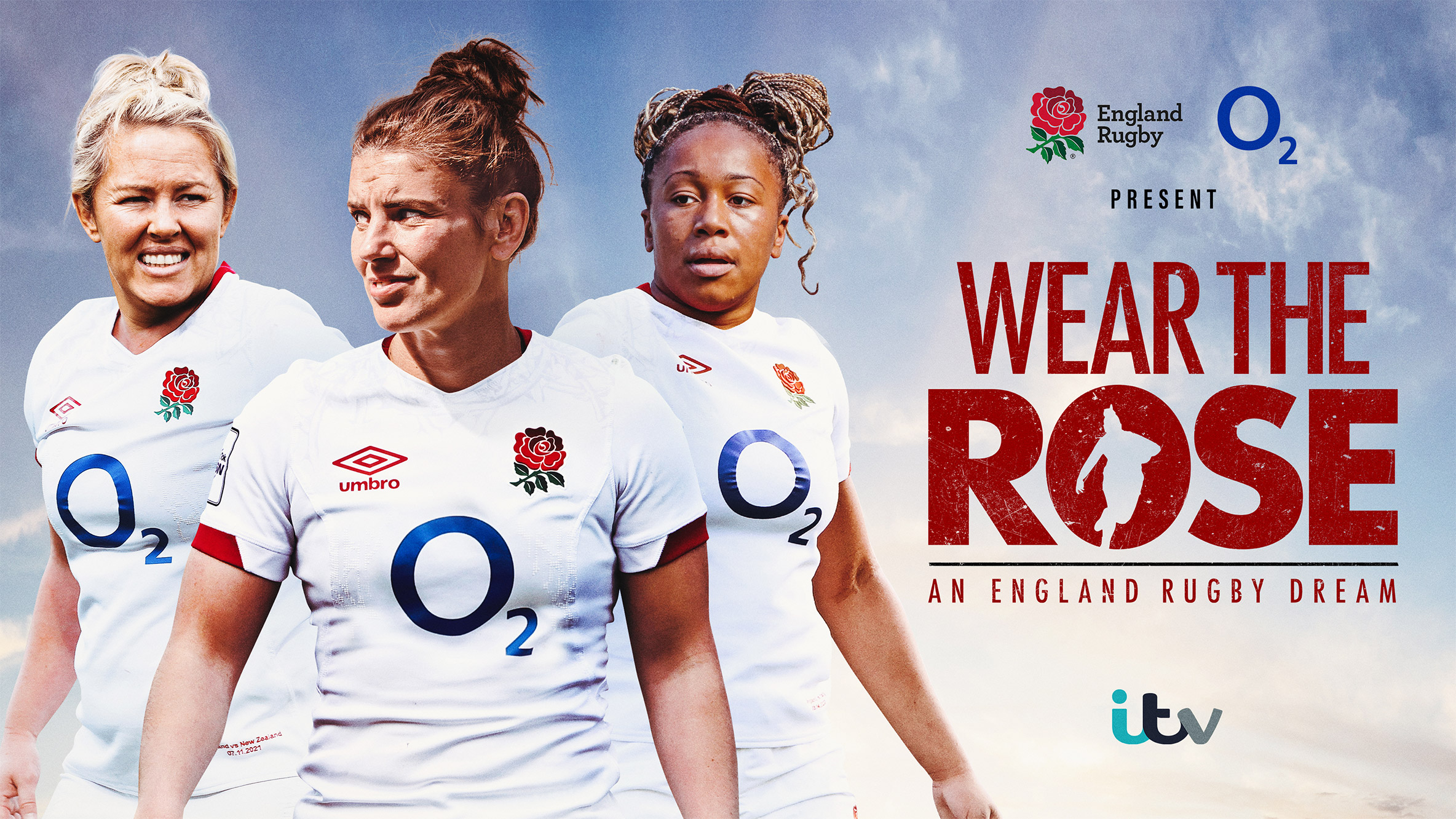
Neil Hopkins: In fact, it’s obviously become a real focal point for their (O2’s) sponsorship because I remember the discussions around O2 renewing the sponsorship in the depths of COVID. We spent most of 2020 working on this, where in the end, the decision was made at board level to commit an equitable investment in the marketing of both men’s and women’s teams, which could well be a first.
Jenny Mitton: Also, context-wise, this was at a point when women’s sport had been totally left behind. Men’s sport was fighting and making a comeback. All of the women’s sports across the board had been cancelled due to COVID. It was great that O2 made this commitment during that period. This year, we took another bold leap. Beyond our internal commitment with the RFU in funding the team, we also set out quite an ambitious target to close rugby’s gender awareness gap in the build up to a home Rugby World Cup in 2025.
Neil Hopkins: There are tangible benefits to partnering and sponsoring women’s sport- there’s definitely a ‘good feeling-ness’ that comes with sponsoring it compared to men’s football teams or other sports!
Sponsoring women’s sport can act as a real differentiator for brands in markets that are not particularly differentiated. It helps to improve brand metrics and acts as a differentiator for them with consumers. It is also important to note that closing the gender gap in sports has resulted in actual numbers and tangible benefits. For example, the increase in the number of people watching England versus France at Twickenham from 15,000 to 58,000 in one year is an incredible increase!
Another benefit, which I’m sure you can talk about more effectively Jenny, is the example of Barclays sponsoring women’s football. In a short period of time, the awareness of their women’s sports sponsorship has surpassed 50% of the awareness of their overall football sponsorship, which has been dominated by their sponsorship of the men’s game for two decades. Additionally, through their sports marketing campaign, they have successfully lobbied the government to commit to a policy change to ensure all girls have access to football in PE on the curriculum, something they aim to achieve by 2025. This is a major win. Overall, it’s about grabbing hold of the tangible benefits and making more of them.
SPONSORSHIP

Jenny Mitton: Absolutely! After the Women’s Six Nations final at Twickenham last weekend, Sue Day, the COO/CFO at the RFU said they’re finally making enough money through ticket sales to become sustainable. We saw the same at the Emirates for the Arsenal v Wolfsburg game. They’re selling enough tickets to make a profit which is obviously key for long-term sustainability.
Glorious: How committed and authentic do you think these brands are? Are brands seeing the same ROI as men’s sponsorship?
Jenny Mitton: It’s crucial to be genuine and authentic. If you’re not, you’re likely to get shut down very quickly. Take what happened with Visit Saudi – that was shot down extremely quickly by the women’s sport community as soon as it lifted its head to show interest in the Women’s World Cup. It was an extreme example of misalignment! Whereas you look at brands like Barclays and O2 who have been in sport for years. They’ve come into the women’s space and made real, positive change, and equally, brands that have never had a role to play in women’s sport – but they’re showing up in the right way and they understand their audience.
Neil Hopkins: Research has shown that fans of women’s football are more likely to consider purchasing a sponsor’s product than fans of men’s football. This indicates that women’s sponsorship properties could be more effective marketing tools than men’s. This applies across all sports, so brands could justifiably spend more in women’s sport than in men’s sport. Many brands are starting to see this and broadening their spend like Heineken, Barclays, and O2.
Giovanni Infantino, President of FIFA, was discussing the sustainability of women’s sports recently, suggesting it will become more sustainable when broadcast revenues become more equitable between women’s and men’s games across all sports. Currently, broadcast deals for women’s games are about 20% of what they are for men’s games. FIFA argues that the global viewership for the Women’s World Cup in Australia and New Zealand will be 80-90% of the Men’s World Cup, and therefore, the investment should align. Of course, Mr Infantino is creating a market where people will pay more for those rights!

But regardless of sponsorship and the amount of money invested by companies like Heineken, Barclays, and O2, it is always dwarfed by broadcast income. So, the gap can be closed over time with sponsorship revenues growing in line with the growth of the game and more closely aligned with investments in the men’s game. Ultimately, the real tracker must be the closing of the gap between broadcast revenues and the size of broadcast contracts between men’s and women’s competitions.
Jenny Mitton: I can absolutely see that not being an issue down the line. It’s going to take time, but that’s all. People want sport, they want to watch great sport. If we go back 100 years or so to 1920, the men were at war, the women were working in the factories and creating their own hugely successful football teams. On Boxing Day in 1920, 53,000 people turned up to watch Dick Kerr’s Ladies beat St Helen’s Ladies. There were 14,000 people waiting outside to get into the game. It took us 100 years to beat that record with the recent 60,000 attendance at Emirates last week.
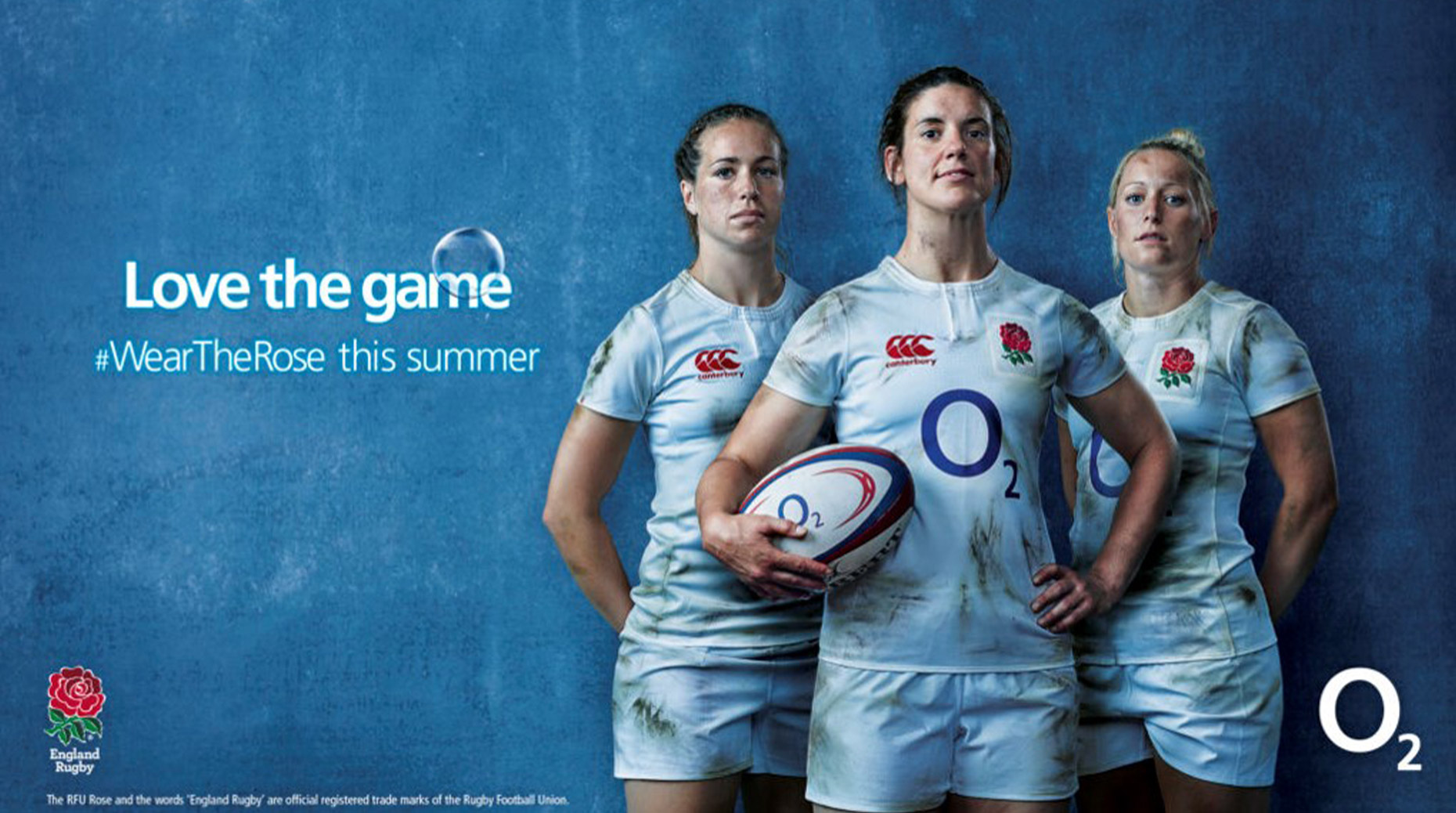
If you put a product out, give it space to breathe and give it a platform, then people will be interested in watching. It’s going to be slow and steady, but we know if the product is there and we give it a platform, those broadcast fees will come in, then people keep tuning in, and then more sponsorship deals will come into play. I will be really interested if we have the same conversation in 10 years to see what kind of numbers we’ll be talking about.
Neil Hopkins: Maybe we should. I’ll have a few more grey hairs by then, but it will be fascinating to see where we get to!

Editorial Design by this is root
Title image – Barclays Community Football Fund
